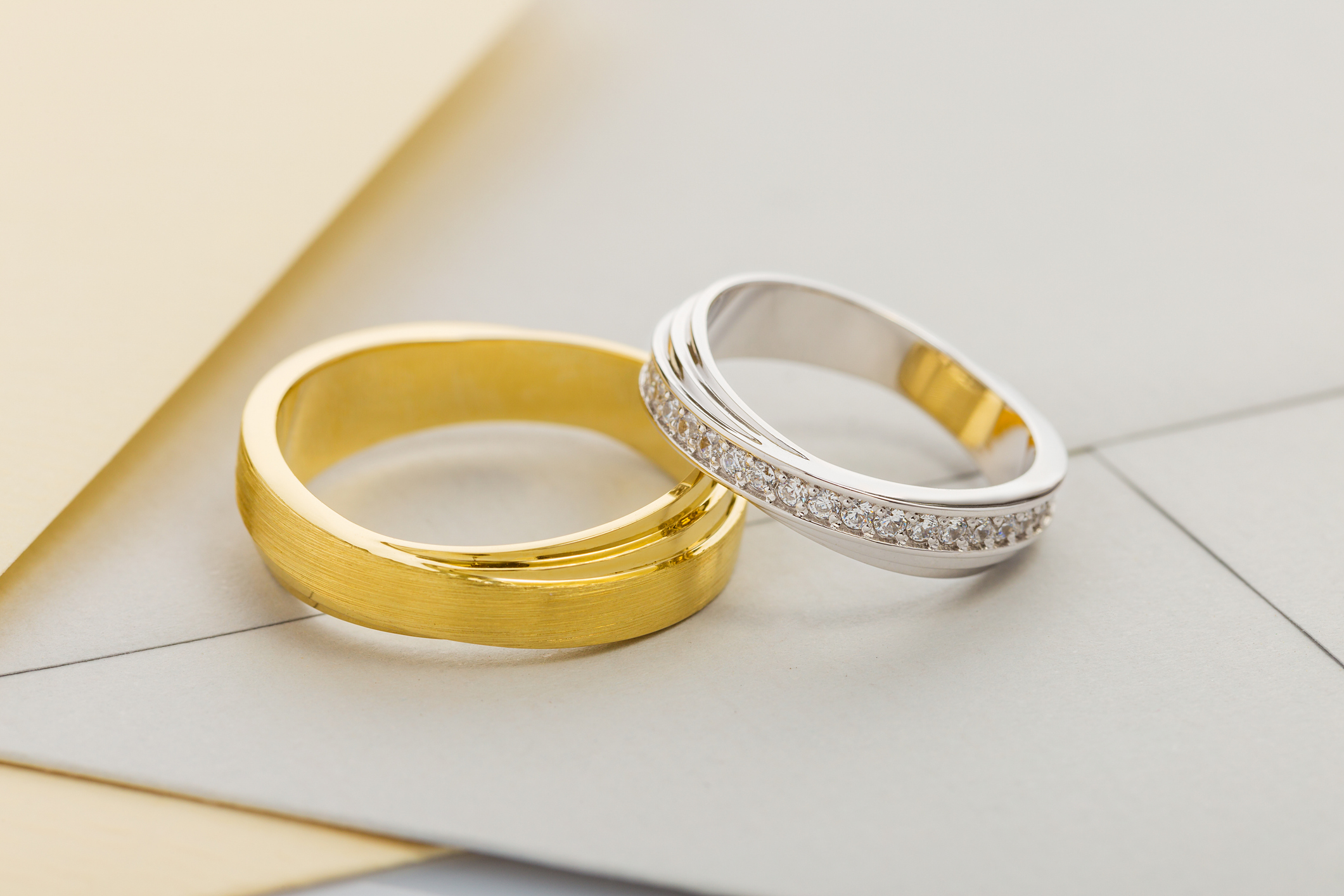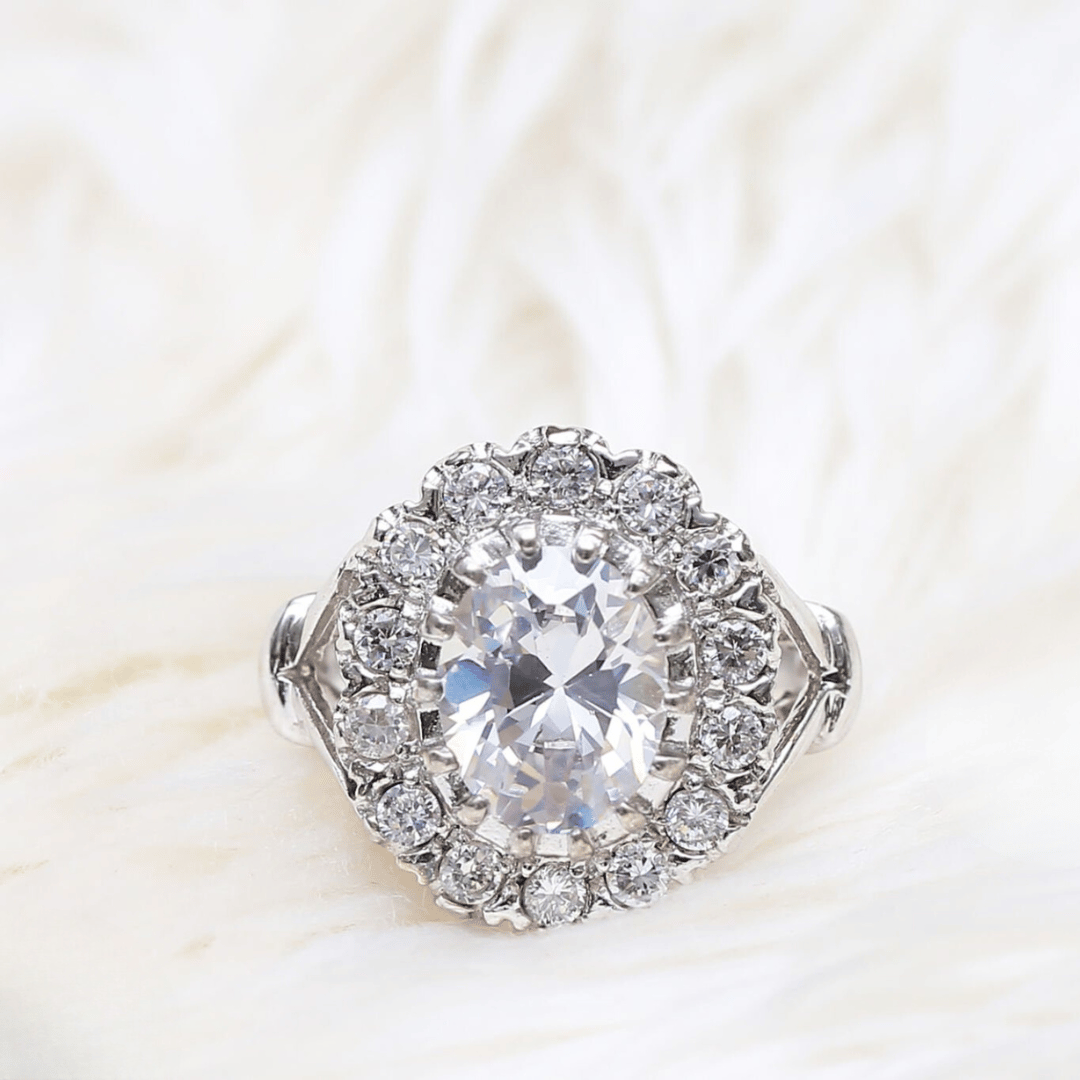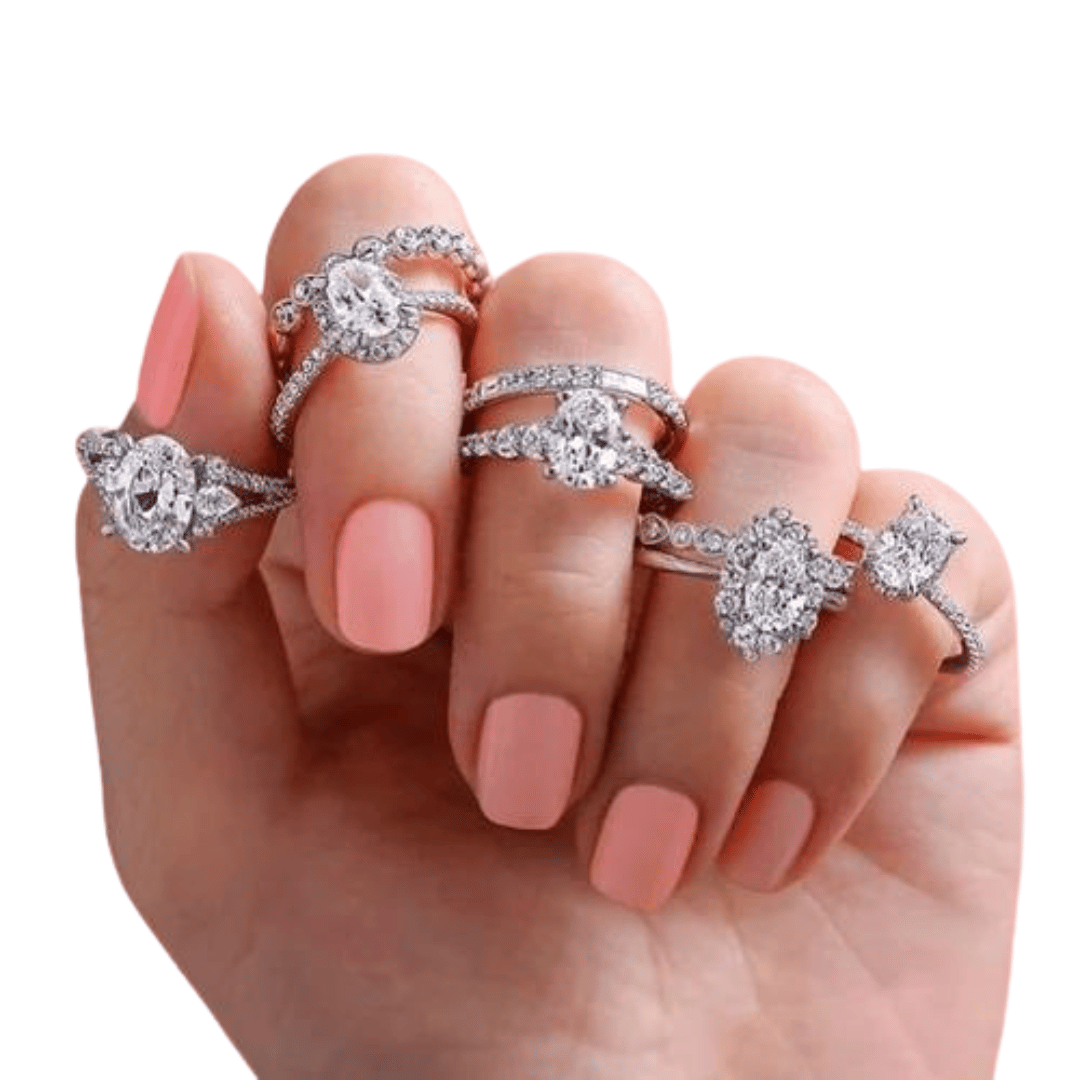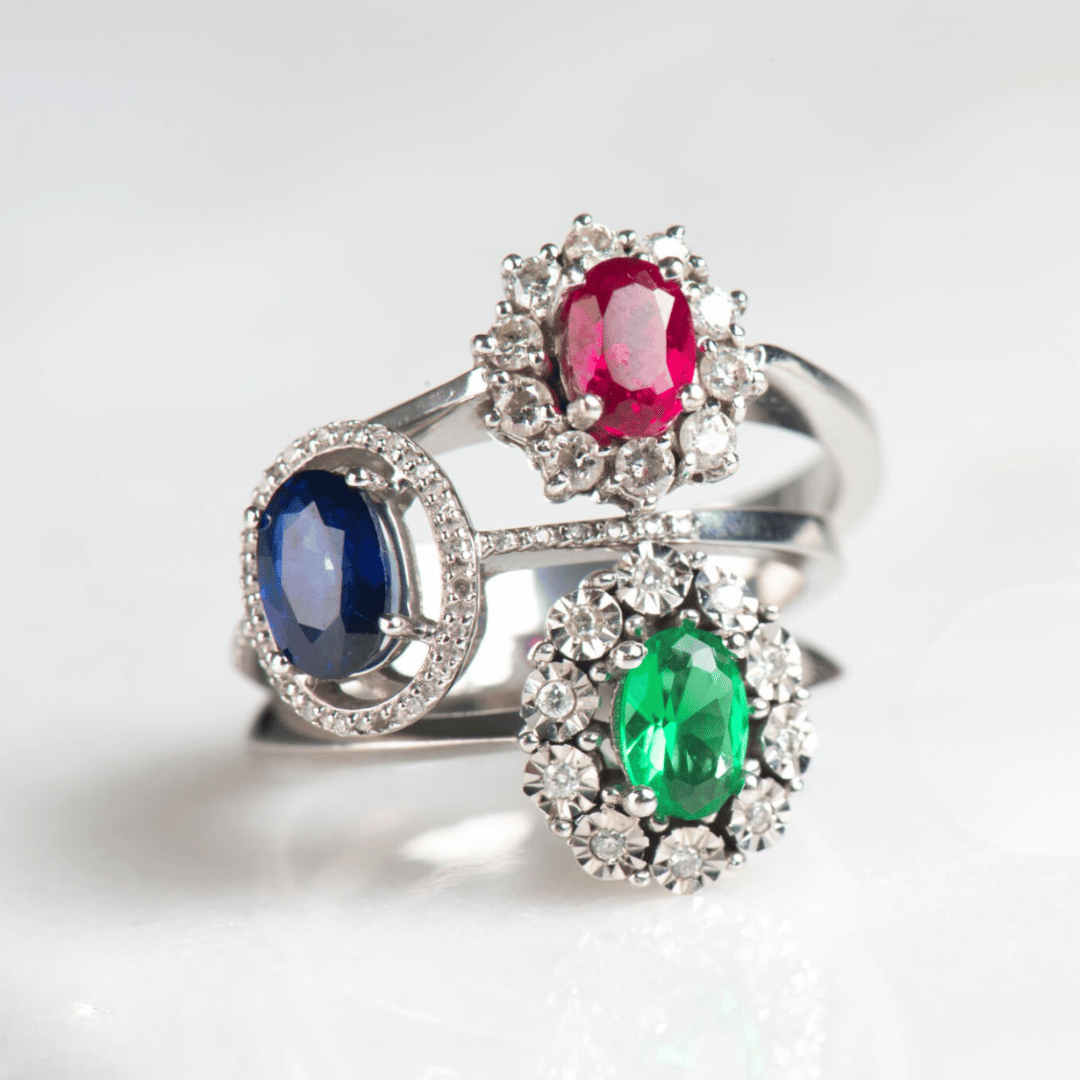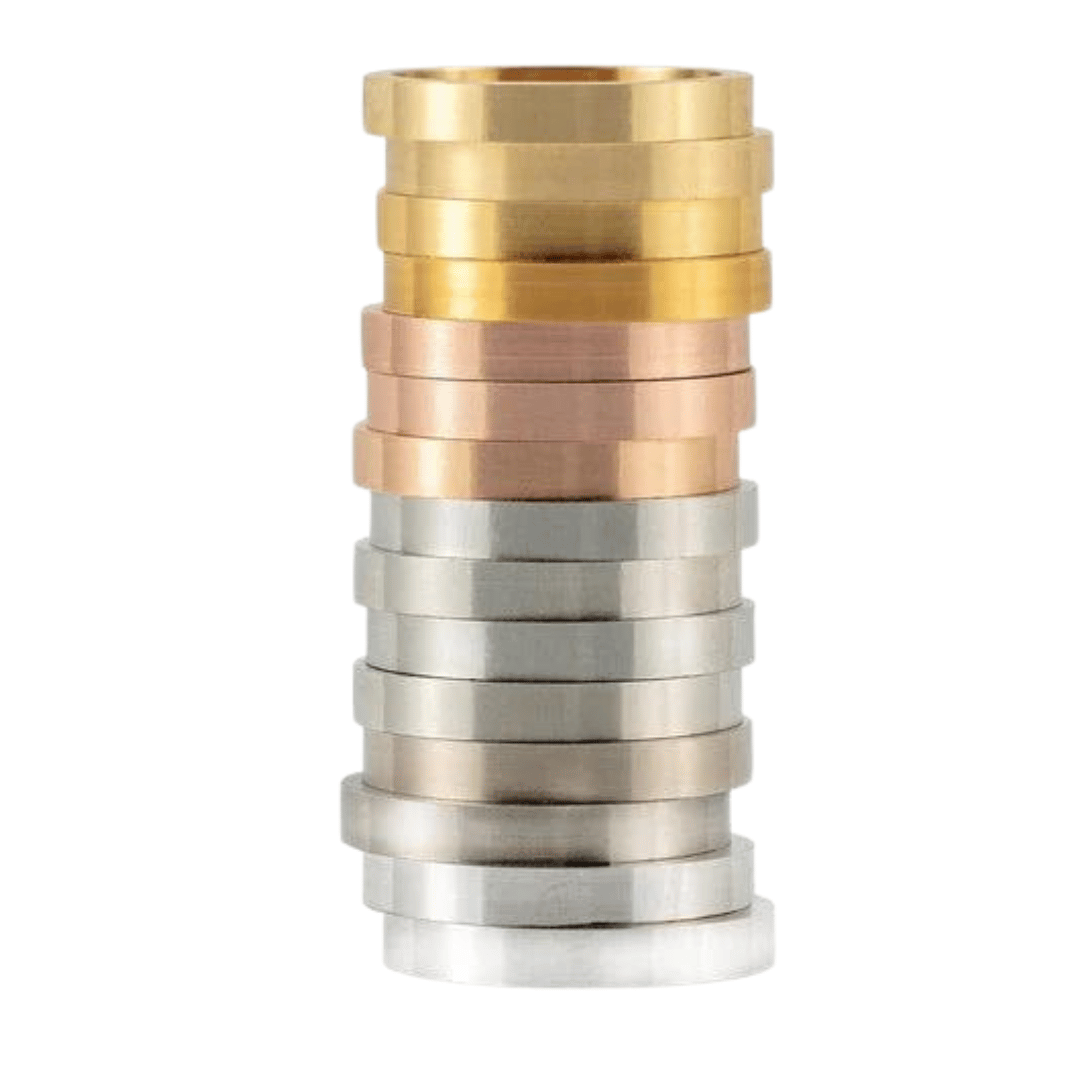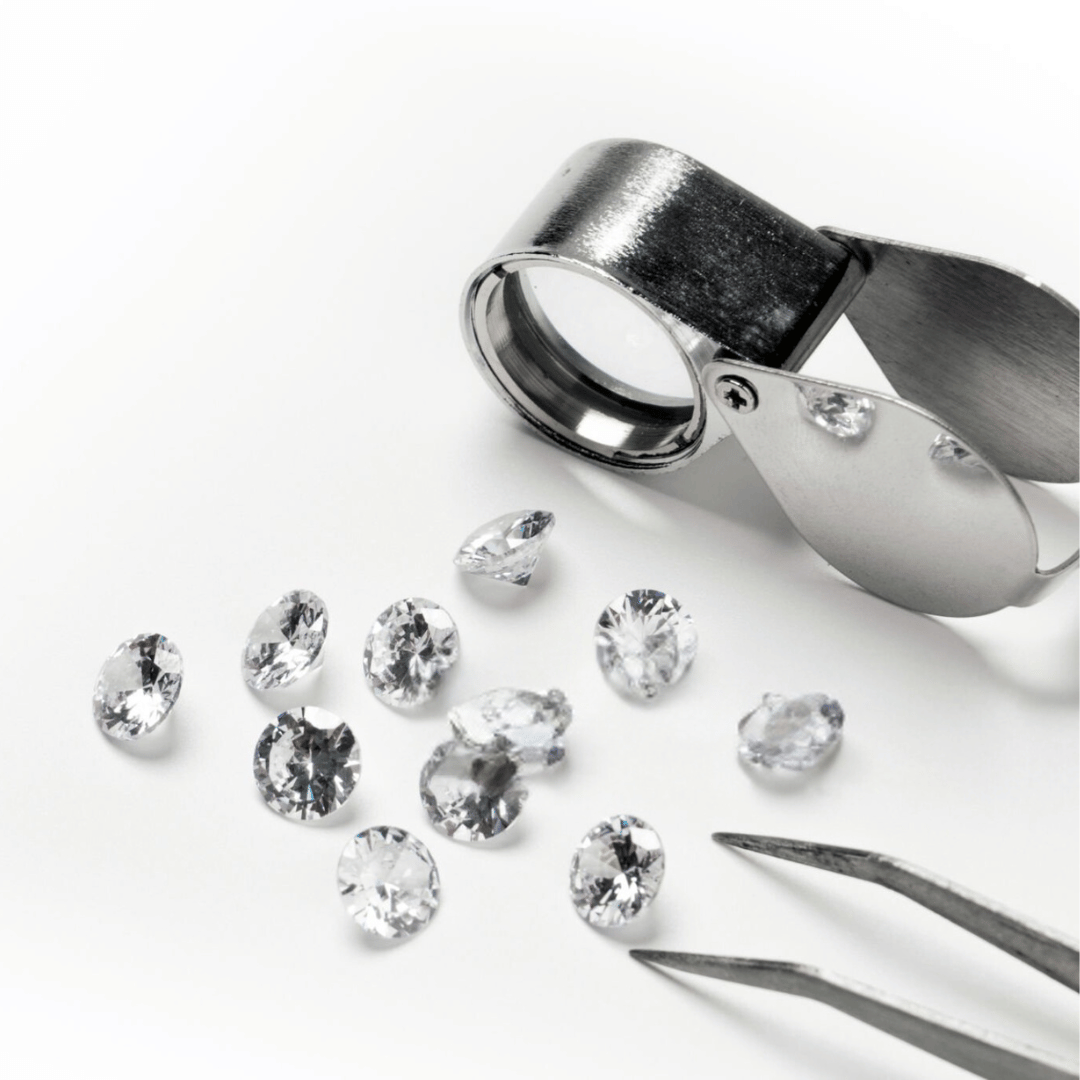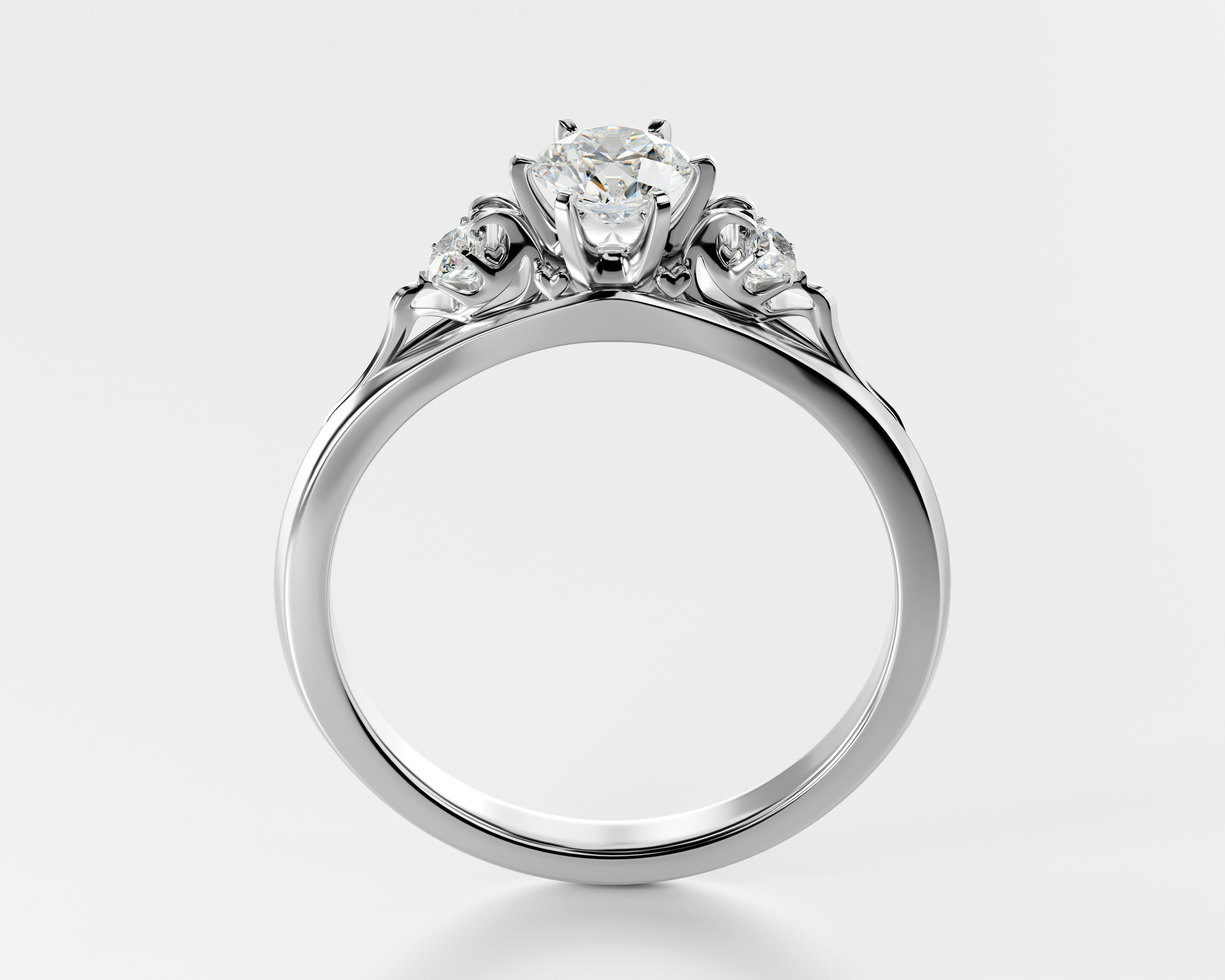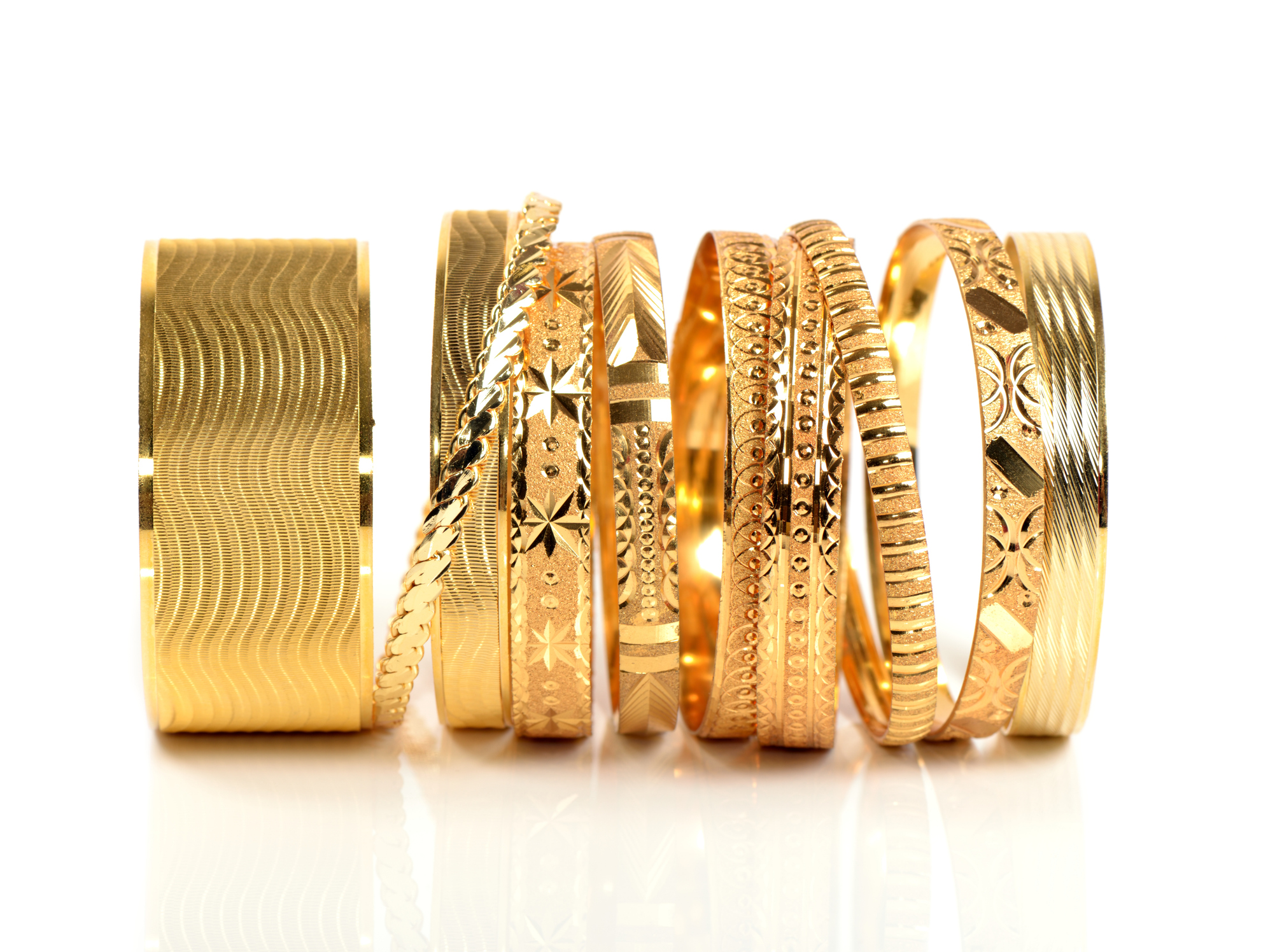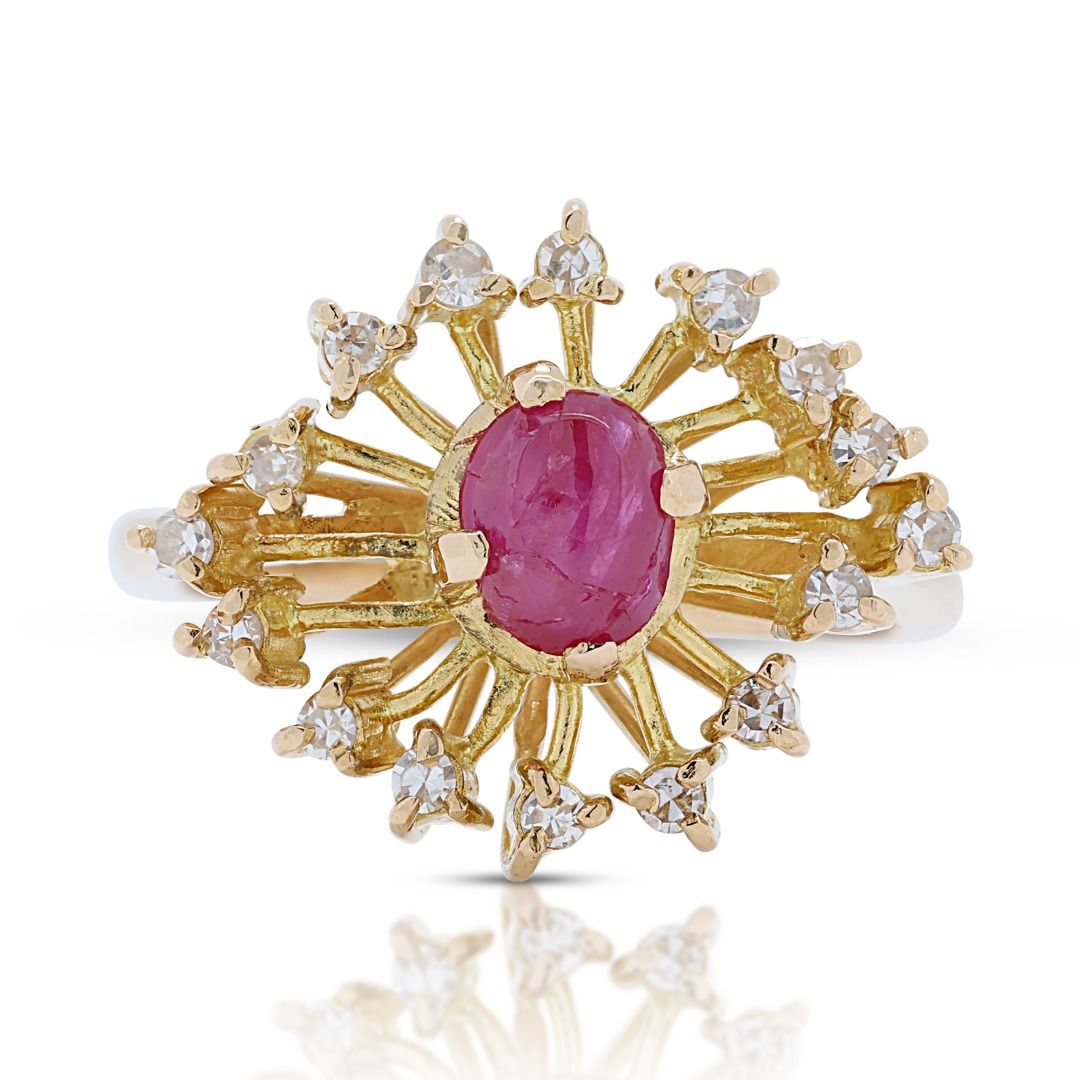The Difference Between White And Yellow Gold
Key Highlights:
1. Understanding Alloys: Yellow gold gets its warmth from copper and silver. White gold uses white metals like palladium for a silvery sheen but gets a rhodium plating for bright white.
2. Choosing Your Karat: 14k and 18k gold offer a good balance of strength and beauty in both colours. Karatage doesn’t affect white gold’s colour much due to plating, but 18k yellow gold has a richer colour. 18k gold of any colour costs more due to more gold and needing more material for the same size piece.
3. Picking Your Perfect Piece: Go with 14k white gold for cool elegance; the plating keeps it bright white. Choose 18k yellow gold for a richer, truer gold colour; expect a higher price. 14k is still beautiful and affordable.
Choosing jewellery can be a delightful task, but navigating the world of gold options can sometimes feel overwhelming. Two popular choices are white gold and yellow gold, each offering its own unique charm. Let’s delve into the key differences to help you select the perfect piece.
The difference between white gold and yellow gold is the different metals that are mixed within the gold alloy. These metals in combination with the pure gold “gives color” to the gold alloy.
A Matter of Mix: Understanding Alloys
Both white and yellow gold are alloys, meaning they blend pure gold with other metals. This affects the final colour and properties of the jewellery.
Yellow Gold’s Warm Embrace: Yellow gold’s classic hue comes from its copper and silver companions. The exact mix can vary slightly depending on the origin, but generally, 14 karat yellow gold contains around 52.5% gold, with 4-28% copper and 14-28% silver making up the remaining portion. There are quite a few different compounds of gold alloy and there is no one uniform compound that is used worldwide, apart from the branding of gold purity (karat). Higher karat gold, like 18 karat, boasts a higher gold content (75%) for a richer colour.


White Gold’s Cool Sophistication: To achieve a silvery sheen, white gold combines gold with white metals like palladium, nickel, and zinc. However, the resulting alloy still has a hint of yellow. To achieve that bright white finish we all love, white gold jewellery receives a rhodium plating. This coating enhances brilliance and adds a touch of durability, but it can wear off over time, requiring replating every few years.
In both cases, both white gold and yellow gold that is branded by 14 karats is slightly stronger and more resilient. Pure gold by its nature is very soft and therefore high gold concentration will affect the entire alloy.
Strength and Shine: Choosing Your Karat
The karatage (or carat) indicates the gold purity within the alloy. Here’s a breakdown of how karatage affects your jewellery:
- Durability: Both 14 karat and 18 karat gold offer a good balance of strength and beauty. Pure gold itself is quite soft, so the addition of other metals strengthens the alloy.
- Colour and Price: 18 karat yellow gold has a richer, more vibrant colour compared to 14 karat, which is slightly more subdued. This richer colour comes at a higher price because 18 karat gold contains more pure gold and requires more material due to its lower density. Typically, the price difference is about 20-25%. For example, a 14 karat ring weighing 2 grams would weigh around 2.40 grams if made from 18 karat gold.


So, Which Karat Wins?
The best karat choice depends on your preference:
- For white gold: If you love the cool elegance of white gold, 14 karat is a great option. The rhodium plating ensures a bright white finish regardless of karatage.
- For yellow gold: If you adore the classic warmth of yellow gold, consider 18 karat for a richer colour that truly reflects the beauty of pure gold. Be prepared for a slightly higher price tag. However, 14 karat yellow gold remains a beautiful and affordable option, offering a lovely balance of colour and strength.
- Ultimately, the perfect choice comes down to your personal style and budget. With this knowledge in hand, you can confidently explore the world of white and yellow gold and discover the piece that speaks to your heart.
Conclusion
Whether you crave the timeless warmth of yellow gold or the cool sophistication of white gold, both offer unique beauty for your jewellery collection. Now you have the knowledge to navigate the world of gold alloys and karats. Remember, 14 karat gold provides a great balance of affordability and durability in both colours. For white gold, the rhodium plating ensures a bright white finish regardless of karatage. However, if you desire a richer yellow hue, 18 karat gold delivers a closer resemblance to pure gold, but at a slightly higher cost. Ultimately, the perfect choice reflects your personal style and budget. So, happy hunting for that special piece that will bring you joy for years to come!


